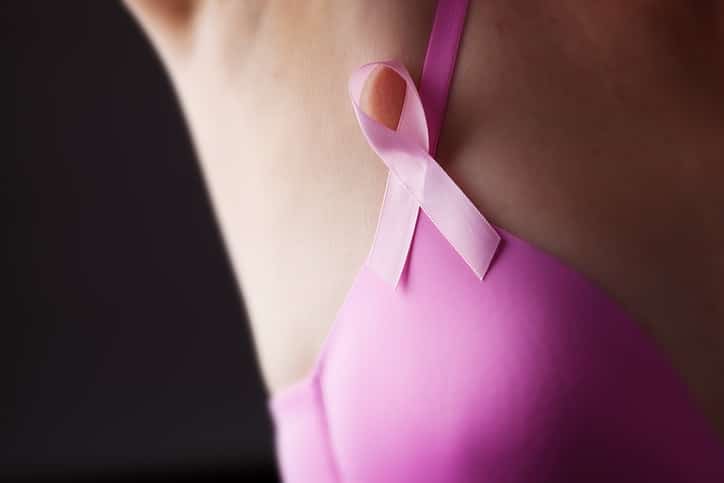Tips for a Breast Self Examination

How Do I Perform a Breast Self Examination?
A breast self-examination allows a woman to visually detect changes in the breast tissue. Before starting the exam, follow these guidelines to get the best results from your self-exam:
- Wait until the end of your menstrual cycle.
- Choose a specific day of the month to perform your exam if you’re pregnant or no longer have a menstrual cycle.
- Do not perform the exam in the shower or if you have lotion on your hands or breasts.
The breast self-examination includes two main parts.
Step 1 – TOUCH. Lie down and roll onto your left side to begin the self-exam on your right breast. Put the palm of your right hand on your forehead to expose the side of the left breast. Using a technique called palpation, use the flat part of your three middle fingers to feel for abnormalities in the breast. Use a small circular motion to feel all of the breast tissue from the collarbone down to the bra-line. Move your fingers in a vertical pattern up and down the breast. Do this three times using light, medium, and deep pressure until you reach the center of the breast at the nipple.
Roll onto your back to examine your nipple. Use the same palpation technique you used for the outer side of the breast. Continue the process on the inner breast from the collarbone to the middle of the chest.
Repeat the entire procedure on the left breast.
Step 2 – LOOK. Look at your breasts while standing in front of a mirror. Look at them while facing forward and then from each side. Look for the following changes:
- Shape: Although one breast may normally be larger than the other, sudden changes in breast size are not normal.
- Skin: Look for signs of rashes, redness, dimpling, puckering, or skin that has the texture of an orange peel.
- Nipples: Check for discharge, inversion, scaly patches, red or itchy areas, or swelling.
- Veins: Look for changes in the vein patterns or number of veins in each breast.
Repeat these visual inspections during your breast self-examination by putting your hands at your sides, hunching over with your hands on your hips, and with your arms raised above your head.
It is important to know your normal, which simply means being aware of your own body and what normal means for you. If you notice any changes in your breasts, call a doctor for an appointment. However, don’t worry. More than 80 percent of breast abnormalities are not cancerous.
Visit PURE Mammography for Your Next Mammogram
A breast self-examination is helpful in detecting breast tissue abnormalities early. If you notice any changes to your breasts, your doctor may suggest a mammogram to pinpoint the causes. At PURE Mammography, we offer the latest 3D technology in mammography to deliver the clearest, most accurate results possible.
At PURE, you’ll enjoy a spa-like atmosphere designed to make your mammogram experience smooth and effortless. With flexible hours and a convenient location inside the Smith Haven Mall, stop in with no appointment necessary for your next mammogram.